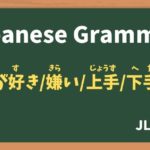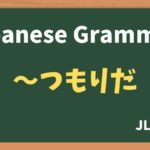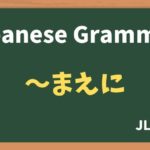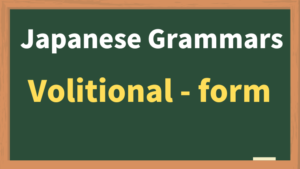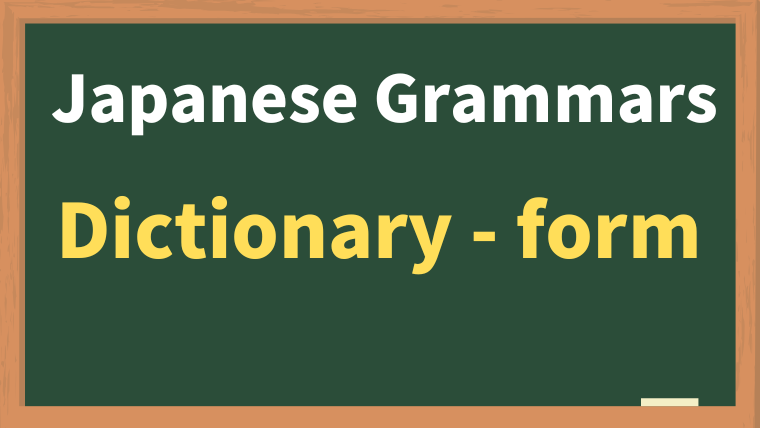
Contents
1. What is the 辞書形 (Dictionary Form)?
The 辞書形 (dictionary form) is the base form of Japanese verbs, as listed in dictionaries. It’s often the same as the “plain form” in Japanese and is the foundation for many conjugations and expressions. This form is essential for learners because it allows them to build more complex grammatical structures.
2. Understanding Verb Groups in Japanese
Creating the dictionary form depends on identifying the verb group. Japanese verbs are divided into three main groups:
- Group 1 (U-Verbs): Verbs that end in an "u" sound in their dictionary form.
- Examples: のむ (to drink), かく (to write), はなす (to speak).
- Group 2 (RU-Verbs): Verbs ending in 〜る with an "i" or "e" sound just before る.
- Examples: たべる (to eat), みる (to see), おきる (to wake up).
- Group 3 (Irregular Verbs): This group includes する (to do) and くる (to come).
- Examples: べんきょうする (to study), くる (to come).
3. How to Identify the 辞書形 from the ます Form
For learners who started with the ます form, here’s a guide to identifying the dictionary form based on it:
- Group 1 (U-Verbs):
- Remove ます and change the preceding “i” sound to the corresponding “u” sound.
- Examples:
- のみます → のむ (to drink)
- かきます → かく (to write)
- はなします → はなす (to speak)
- Group 2 (RU-Verbs):
- Remove ます and add る.
- Examples:
- たべます → たべる (to eat)
- みます → みる (to see)
- Group 3 (Irregular Verbs):
- します becomes する (to do).
- きます becomes くる (to come).
This method helps learners who have studied the ます form to smoothly transition to the dictionary form.
4. Sample Sentences
Here are some sample sentences to show how the dictionary form is used in various contexts:
- Group 1 (U-Verbs):
- のむ (to drink): コーヒーを のむのが すきです。
(I like to drink coffee.) - かく (to write): にっきを かくのが たのしい。
(Writing a diary is fun.)
- のむ (to drink): コーヒーを のむのが すきです。
- Group 2 (RU-Verbs):
- たべる (to eat): ケーキを たべるのが たのしみです。
(I’m looking forward to eating cake.) - みる (to see): うみを みるのが すきです。
(I like looking at the sea.)
- たべる (to eat): ケーキを たべるのが たのしみです。
- Group 3 (Irregular Verbs):
- する (to do): しゅくだいを する じかんです。
(It’s time to do homework.) - くる (to come): あした、ともだちが くる。
(A friend is coming tomorrow.)
- する (to do): しゅくだいを する じかんです。
5. Common Uses of the Dictionary Form
The dictionary form is versatile and appears in various grammatical constructions. Here are some common uses:
- Expressing General Statements or Facts:
The dictionary form is often used to state facts or personal routines.- Example: まいにち、うんどうする。 (I exercise every day.)
- Used with のが to Express Likes/Dislikes:
When combined with のが, the dictionary form allows expressions of preferences.- Example: よむのが すきです。 (I like reading.)
- Expressing Intentions with つもり:
You can pair the dictionary form with つもり to express an intention or plan.- Example: あしたは はやく おきるつもりです。 (I plan to wake up early tomorrow.)
- Expressing Before Actions with 前 and 後:
The dictionary form can also be used with 前 (before) to indicate actions that occur beforehand.- Example: ごはんを たべる まえに てを あらいます。 (I wash my hands before eating.)

